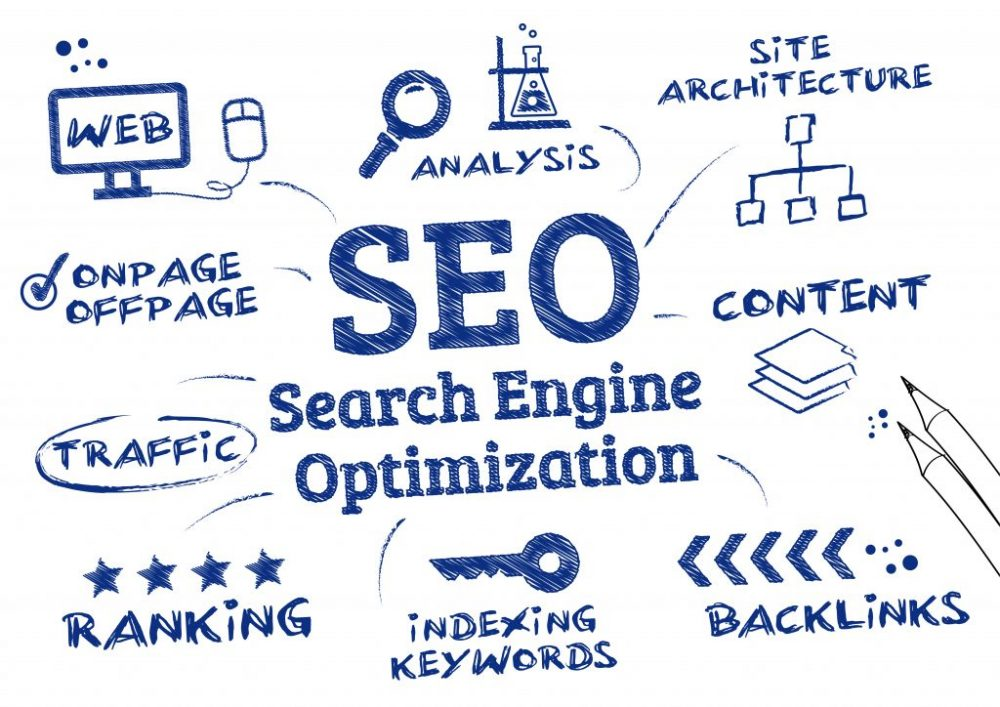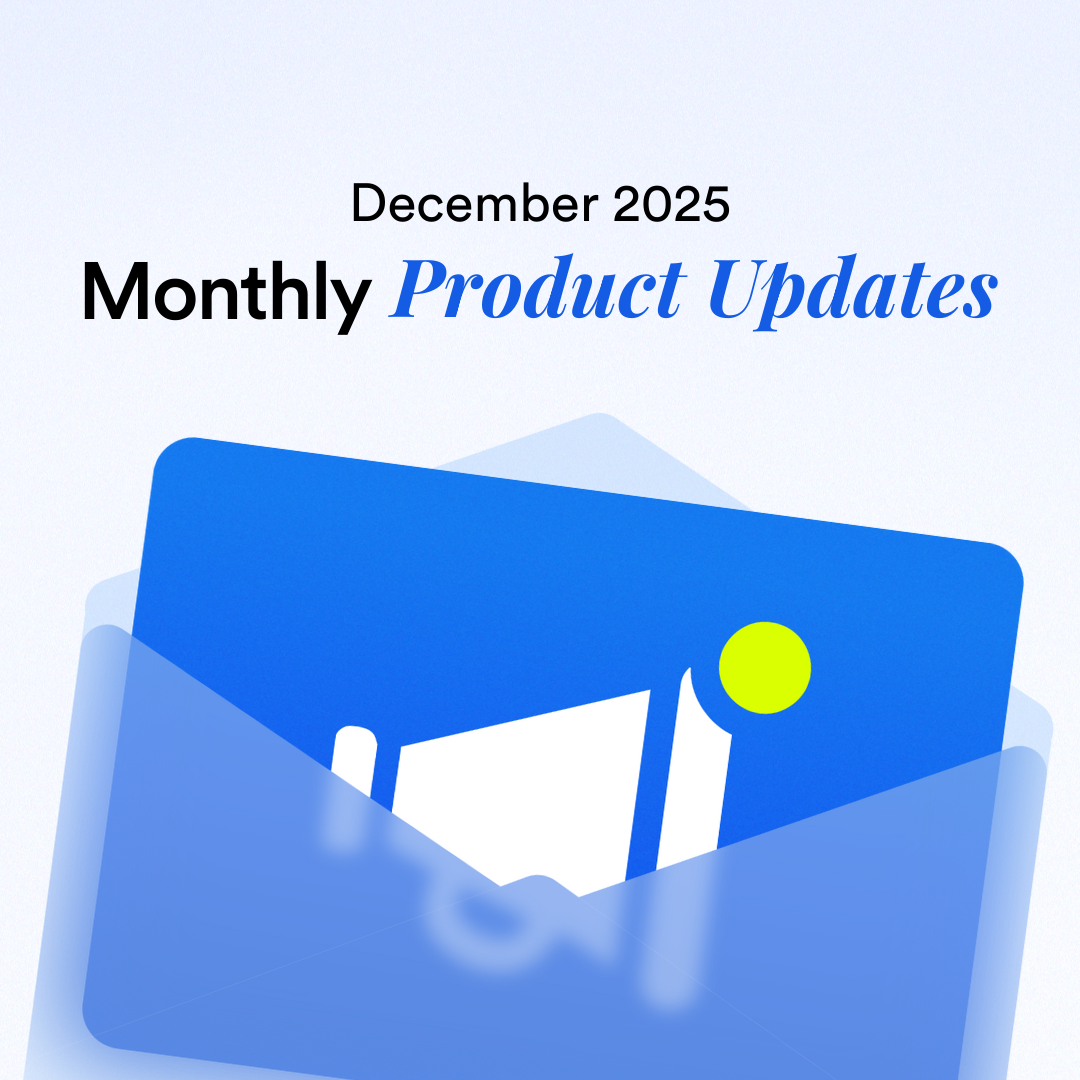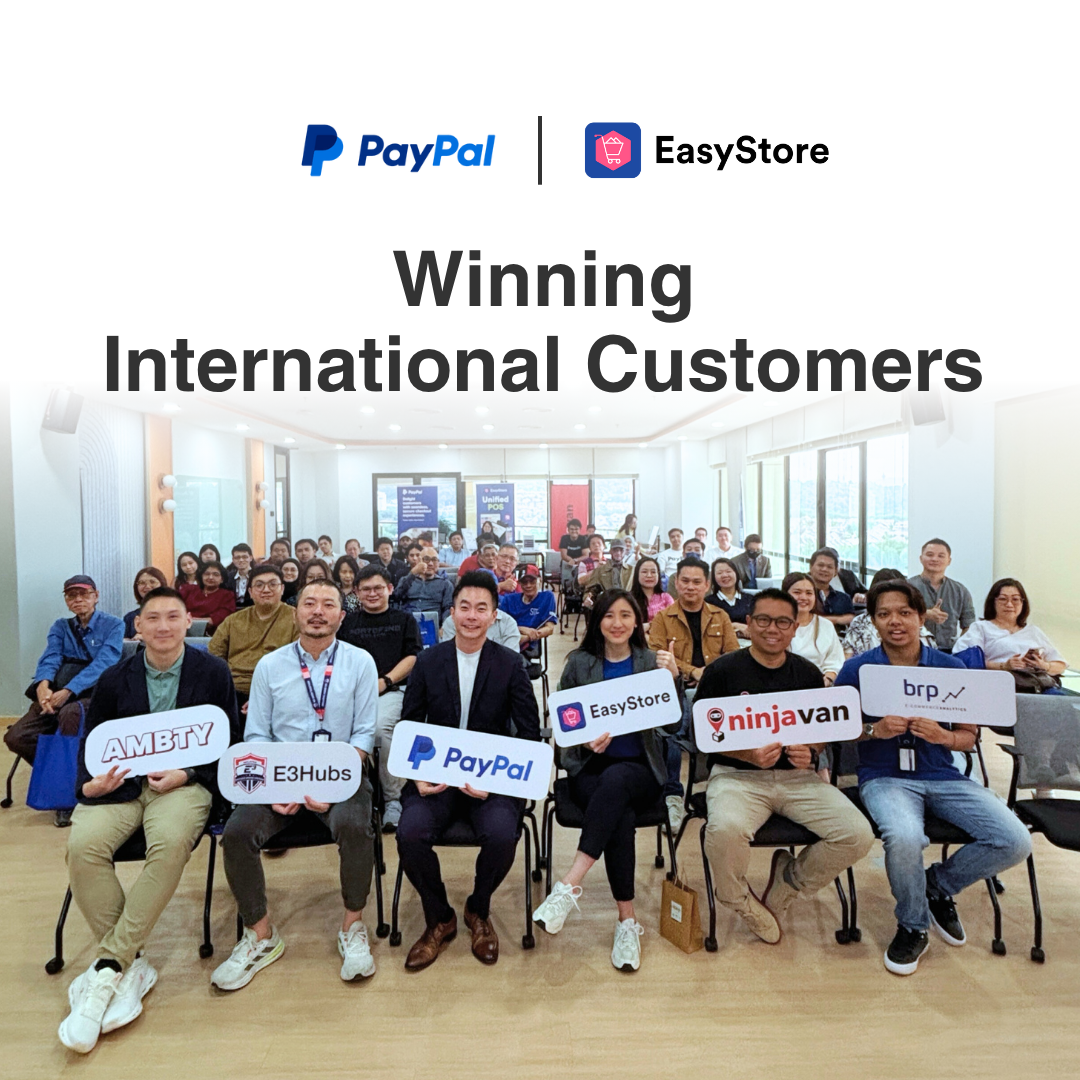5 Proven Ways to Boost Website Conversions with SEO
By Melissa Poh · 4th September, 2018

Table of Contents
This blog was updated on 15 April 2025, for more information connect with our team: https://www.easystore.co/contact
5 Proven Ways to Boost Website Conversions with SEO
A clear, easy-to-navigate website filled with relevant, high-quality content not only improves your SEO but also helps visitors find what they need — increasing your website’s conversion rate.
Before we dive into how to do this, let’s quickly review some key terms.
What is SEO, SEM, and CRO?
Search Engine Optimization (SEO) is the process of increasing the quality and quantity of traffic to your website through organic (non-paid) search engine results.
Search Engine Marketing (SEM) involves promoting your business using paid advertisements that appear on search engine results pages (SERPs).
Conversion Rate Optimization (CRO) is the process of improving your website to increase the percentage of visitors who complete a desired action — like making a purchase, signing up, or filling out a form.
How Are SEO and CRO Connected?
SEO and CRO work best when paired together.
You can invest heavily in SEO to bring traffic to your site, but if your visitors don’t convert, those efforts fall short.
Likewise, you may have great products and content, but if your site doesn’t rank, no one will find them.
When SEO and CRO are aligned, you can maximize traffic, relevance, and conversion opportunities.
5 Ways to Improve CRO with SEO
1. Publish Fresh, Relevant Content and Earn Quality Backlinks
Search engines look at hundreds of ranking factors, and with AI-driven algorithms, quality content is more important than ever.
Content Tips:
Write catchy, keyword-focused headlines.
Include meta descriptions with relevant keywords.
Use your focus keyword in the first paragraph.
Structure your article with keyword-rich H1, H2, and H3 tags.
Add ALT text to images with keywords.
Naturally include related keywords within your content.
Backlink Tips:
Backlinks from credible, topic-relevant sites are powerful for SEO.
A study by Stone Temple highlights their importance in improving rankings.
Aim for backlinks not only to your homepage but also to your blog posts and landing pages.
Pro Tip: Keyword-rich domains like .tech or .store can also help build relevant backlinks.
2. Maintain Entry Page Consistency
Make sure your landing page matches the expectations set by the search result — this is called information scent.
When users land on a page that feels disconnected from what they clicked, they’ll leave.
Checklist:
Maintain a clear, logical site structure.
Match the title tag with your H1 heading.
Exclude out-of-stock products from search results.
Optimize your page layout based on relevant keywords.
3. Use High-Quality Product Images
People want to see what they’re buying.
Since they can’t physically touch products online, great visuals help close the gap.
Image Optimization Tips:
Name image files with descriptive, keyword-rich names (e.g., red-polka-dot-dress.jpg).
Use meaningful ALT attributes with relevant keywords.
Include model numbers if applicable.
Use multiple images with specific captions.
Keep image file sizes under 70KB for faster page loading.
4. Target Long-Tail Keywords
Users rarely search for single, broad keywords like “SEO.”
Instead, they type in phrases like “SEO trends for ecommerce” or “how to boost SEO rankings.”
Quick Keyword Hack:
Type your target keyword into Google.
Scroll down to the “Searches related to…” section.
Use these long-tail keywords in your content — they’re often easier to rank for and attract highly targeted visitors.
Repeat this process by clicking on one of those related keywords and checking its suggestions too.
5. Use SEO-Friendly, Crawlable URLs
A clean, keyword-focused URL structure helps both search engines and visitors understand what a page is about.
URL Tips:
Include your primary keyword in the URL.
Avoid capital letters and underscores (use hyphens instead).
Remove unnecessary words like “and” or “the.”
Example: www.yoursite.com/url-tips instead of www.yoursite.com/url_tips.
Bonus: Leverage Deep Linking
Guide your visitors to relevant inner pages, blog posts, or product listings within your site.
This improves both SEO and the user experience, making it easier for visitors to find valuable content and products — increasing their chances of converting.
Time to Take Action
Whether you're optimizing your current website or building a new one, remember — a domain name can shape your brand’s online identity.
Get creative with domains like .ONLINE or .STORE when you subscribe to an EasyStore yearly plan
(promo ends without prior notice — don’t miss it!).
Find out more here:Exabytes SG WebsiteExabytes MY Website
Make Customers Love Buying From You
EasyStore empowers your brand to prioritize customers and enhance their experience, creating a unified customer experience (UCX) that makes customers love buying from you.
Over 50,000 brands have grown their businesses by embracing unified customer experiences (UCX) strategy through EasyStore across multiple sales channels - online store, retail outlets, marketplaces, and social media, ensuring consistency in product and service offerings for a seamless shopping journey.
Embrace UCX and redefine your business success today
Discover how UCX can elevate your customer engagement with a truly unified journey for your customers, streamline operations, and drive growth across all channels.
Contact Us





